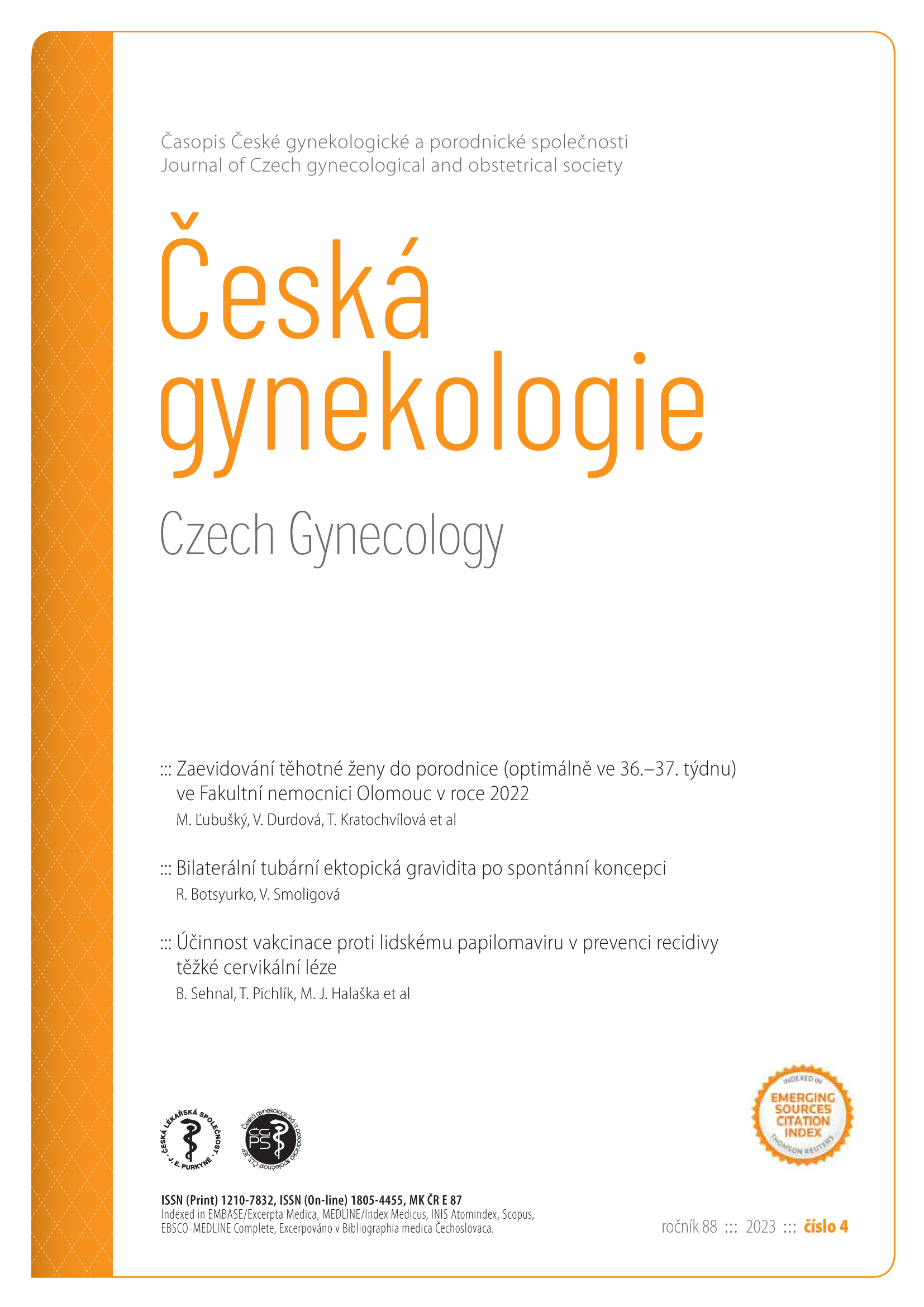Effect of umbilical cord drainage after spontaneous delivery to the third stage of labor
Abstract
Summary: Umbilical cord drainage involves releasing the cord clam from the umbilical cord after separation of the newborn from the maternal end of the umbilical cord. Consequently, there is emptying of blood from the placenta. This procedure is part of the active management of the third stage of labor (TSL). Objective: This study is intended to provide knowledge about the duration of TSL and the risk of retention of the placenta using umbilical cord drainage and the no-drainage procedure. Materials and methods: A prospective randomized study of the management of the third stage of labor in 600 patients. The patients were equally divided into two groups with umbilical cord drainage (300) and without umbilical cord drainage (300). TSL was actively managed by FIGO (the International Federation of Gynecology and Obstetrics) recommendations. We monitored the duration of TSL and retention of the placenta after a 30 min period. Results: The mean duration of TSL was 6.8 ± 0.4 min in the drainage group and 11.6 ± 0.8 min in the control group. We conclude that umbilical cord drainage significantly shortens the duration of TSL (P = 0.026) as well as reduces the risk of placental retention. In a group where we use the drainage of the umbilical cord, placental retention 30 min after delivery of the fetus occurred in four cases while the second set occurred in 14 cases (RR 3.62; 95% CI 1.18–11.14). Conclusion: We assume that during umbilical cord drainage, the collapse of thin-walled uteroplacental vessels occurs earlier causing bleeding from these vessels between the placenta and the uterine wall, and therefore, earlier separation of the placenta occurs. Of course, the drainage of the umbilical cord is only one step in the algorithm of active management at the third stage of labor according to FIGO.


